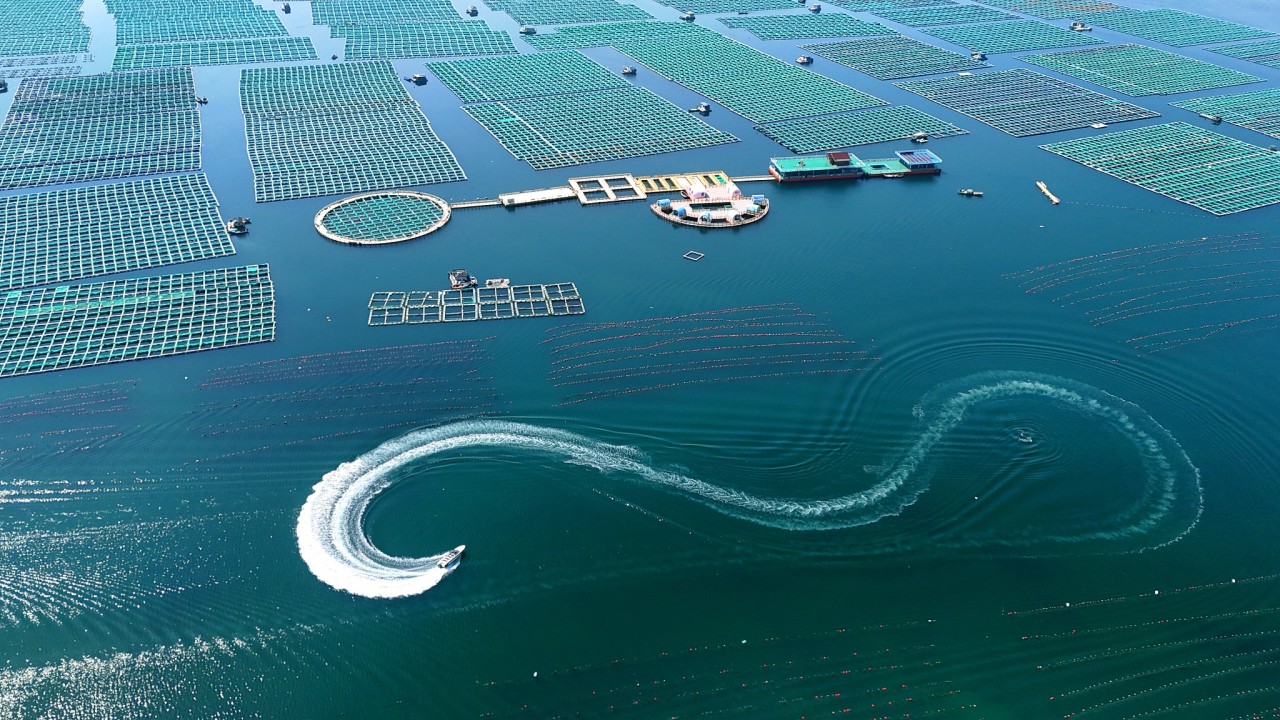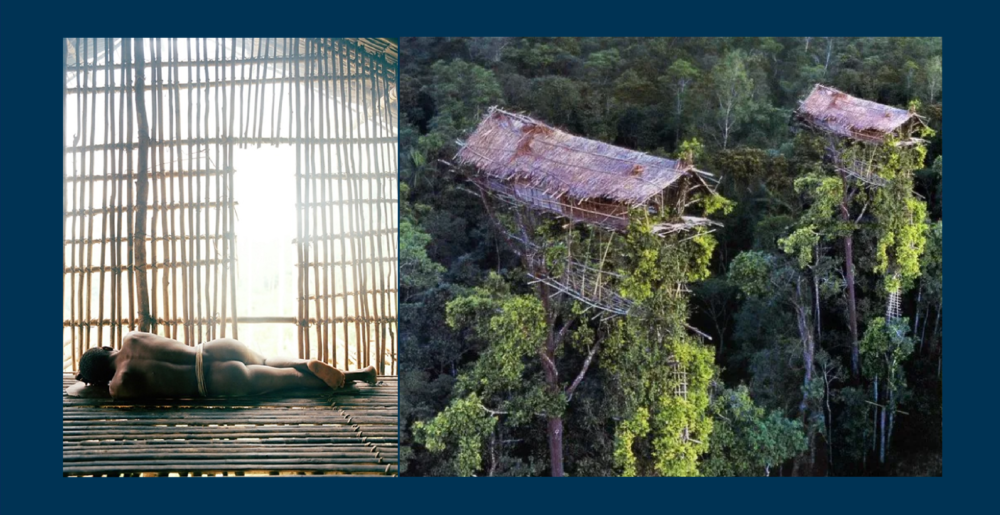Indigenous soft power is a narrative of resilience and self-assertion that resonates across the Pacific and Southeast Asia.
Taiwan’s unique and overlooked asset is its 16 Indigenous Peoples communities officially recognising 589,038 people, or 2.51% of the total population of 23.4mil.
In December each year hundreds of members of plains Indigenous groups (also known as ‘Pingpu peoples’ 平埔族群) gather together at a site in Puli town, Nantou County in central Taiwan, to commemorate an important event in history, the 200-year anniversary of Central Plains Indigenous Peoples’ migration to settle in Puli town.
Today, most of Taiwan’s Indigenous Peoples originally lived in the central mountains, on the east coast and in the south. However, nowadays over half of the Indigenous population lives in the urban areas of the country.
Sixteen distinct Indigenous Peoples are officially recognized: Amis (also Pangcah), Atayal (also Tayal), Bunun, Kavalan, Paiwan, Puyuma, Rukai, Saisiyat, Sakizaya, Sediq, Thao, Truku, Tsou, Tao (also Yamei), Kanakanavu, and Hla’alua.
Dating back to the 17th Century
The vast plains and hilly areas in central and western Taiwan were the living space and social domain of the Pingpu Aboriginal people before the 17th century. However, since the Dutch, Ming, Zheng, and Qing dynasties successively governed Taiwan, and a large number of Han people from Fujian and Guangdong came to Taiwan to cultivate land, due to competition for land and land rights, the Pingpu aboriginal people in the central region have lost their livelihood. The land, in order to survive and seek the vitality of the nation’s lifeline, is trying to find a new garden.
After the “Guo Centennial Massacre” in 1814 (the 19th year of Jiaqing), the Puli Clam Club, through the introduction of the Thao Shwatan Society, sought help from the Pingpu aboriginal group in the central and western regions to move into the Puli Basin. To protect yourself. Since 1823 (the 3rd year of Daoguang), a wave of migration of Pingpu indigenous groups from the western plains to the Puli Basin has begun, including Taokas, Pazeh, Kaxabu, and Paipula/ There are more than thirty communities of the Papora, Arikun, Lloa, and Babuza tribes. This was the largest collective migration of aborigines in the history of Taiwan during the Qing Dynasty. Presenting the diverse and rich ethnic characteristics of Puli today.
After entering the Puli Basin, the Pingpu aboriginal group made a pact: “They are not allowed to enter the mountains to cause trouble, they are not allowed to bully the weak, they are not allowed to induce Han people to cultivate here, and they are not allowed to hire Han people to operate in the area. If there is any disobedience, the public will be called upon to do so.” The oath of “dismissal from office” is an attempt to establish a “utopia” for the Pingpu aboriginal ethnic group.
The other tribes and their own tribe are called Taritsi, which means allies, relatives and one family.
After various ethnic groups in Pingpu in central China migrated and established new homes in Puli, they still preserved their respective languages and continued traditional rituals for about a century. Later, due to economic, social, political, civil, educational, religious and other factors, the inheritance of ethnic culture gradually declined. Recently, the Tali Zhe people in Puli have been committed to cultural revitalization and language inheritance, actively fighting for the restoration of their names and rights, restoring their aboriginal status, and being protected by the legal system.
More than half of the people born and raised in Puli have the blood of the Pingpu aboriginal ethnic group. The local culture contains factors of the Pingpu ethnic group in every aspect. In the past 200 years, the Pingpu aboriginal ethnic group has “become a hometown in a foreign land”. , deeply affecting everyone in the land of Puli.
The Ministry of Culture, the Aboriginal Peoples Commission, the Sun Moon Lake National Scenic Area Management Office of the Tourism Administration of the Ministry of Transport, the Aboriginal People’s Administration Bureau of Nantou County Government, and the Cultural Affairs Bureau all supported the organisation of the “200th Anniversary of the Central Pingpu Aboriginal People’s Invasion” commemoration Special exhibitions, activities, a series of lectures, workshops and the publication of special books present important and precious historical images and documents, allowing everyone to understand the history, stories and memories of the Pingpu Aboriginal people in the land of Puli.
Taiwan has actively fostered cultural and language revitalization programs that aim to preserve this indigenous wisdom, such as the Indigenous Television Channel, which promotes indigenous languages and culture. Programs like these position Taiwan’s indigenous diplomacy as not just a symbolic gesture but a powerful tool for creating cultural and environmental alliances with Pacific Island nations.
For instance, Palau’s traditional knowledge systems, grounded in environmental sustainability, align perfectly with Taiwan’s indigenous wisdom about conservation. Taiwan’s indigenous peoples have centuries-old knowledge of sustainable practices, such as the traditional Amis agricultural system, which has long emphasized balance with the environment. This knowledge is germane to Pacific Island nations grappling with climate change and rising sea levels.
The establishment of the Council of Indigenous Peoples (CIP) in 1996, the inclusion of indigenous representatives in the Legislative Yuan, and the 2005 Indigenous Peoples Basic Law are examples of Taiwan’s commitment to indigenous rights and cultural preservation.
























